

William Stopford
8.5
6 Days Ago
Chery is gearing up to join counterparts GWM Haval, MG and LDV in Australia, with a focus on SUVs competing in popular segments.

Contributor
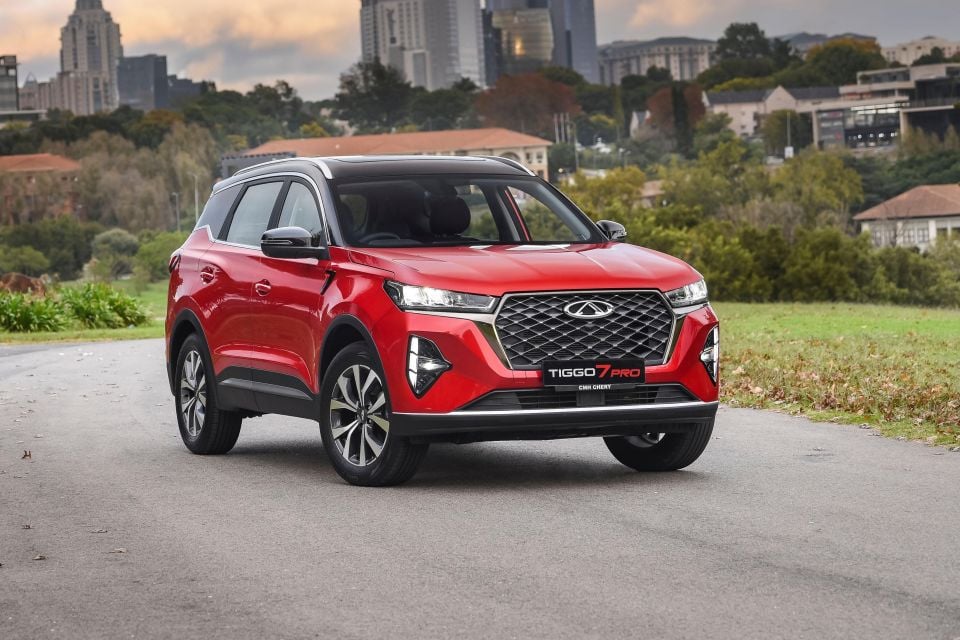

Contributor
Chinese brand Chery will relaunch in Australia with a trio of SUVs.
The Omoda 5 SUV will lead the way when the brand returns, followed by the larger Tiggo 7 Pro and Tiggo 8 Pro crossovers, a company spokesperson has confirmed.
Unlike last time, when it operated through a third-party distributor, Chery will be a factory-backed brand in Australia.
At 4400mm long and 1830mm wide, the Omoda is dimensionally similar to a Kia Seltos. Along with Australia, overseas reports have suggested Chery is gearing up to make the 5 in right-hand drive for Malaysia.
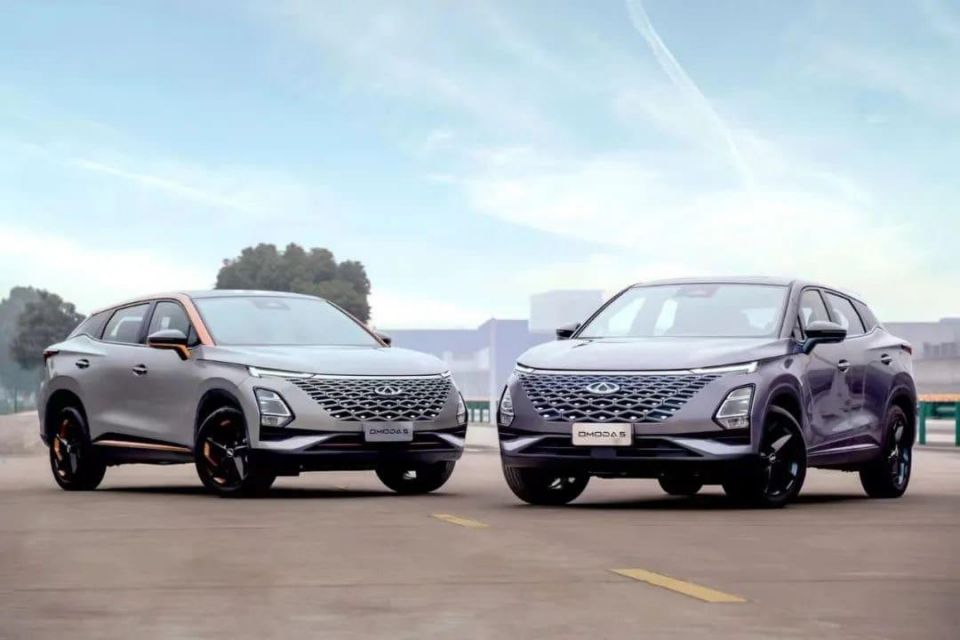
Power in the Omoda 5 comes from a pair of 1.5-litre turbo petrol engines, one of which is mild-hybrid assisted.
At 4500mm long and 1824mm wide the Tiggo 7 Pro is slightly larger than a Haval Jolion and slightly smaller than a Mazda CX-5, while the seven-seat Tiggo 8 Pro is Chery’s flagship SUV and is a similar size to a Skoda Kodiaq.
Power in the Tiggo 7 Pro comes from a 1.5-litre turbo petrol engine with 108kW and 210Nm; the 8 Pro features a 1.6-litre turbo petrol with 145kW and 290Nm.
Examples of all three will be shipped to Australia from Shanghai in July so potential customers can have a look, although the brand hasn’t confirmed how it plans to display the vehicles locally.
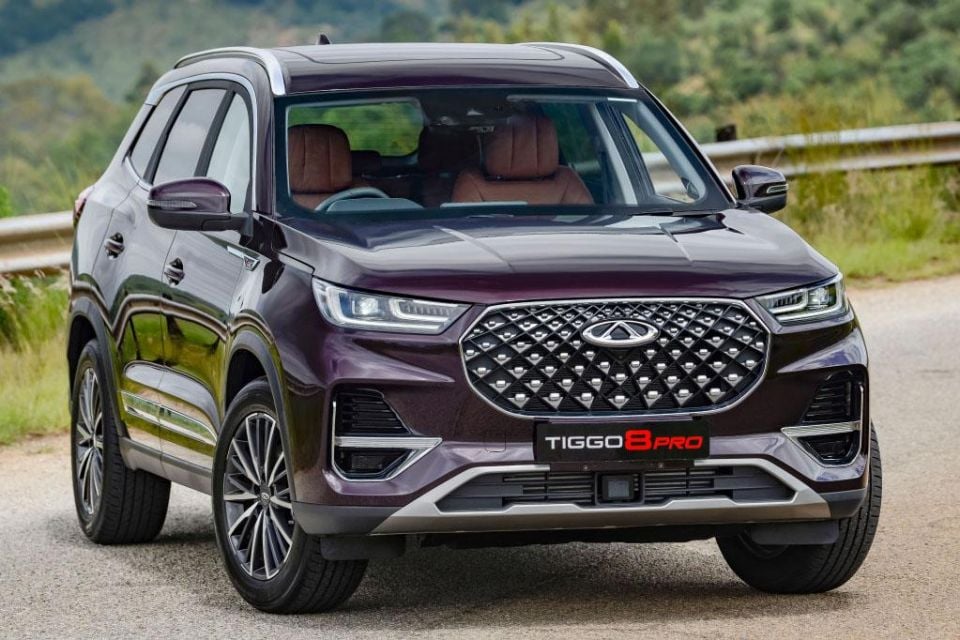
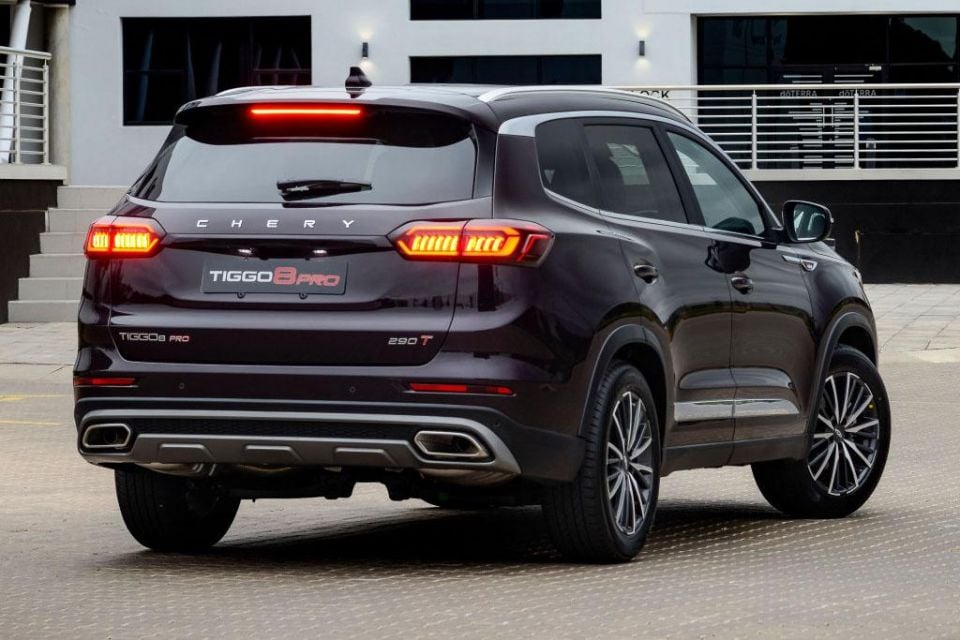
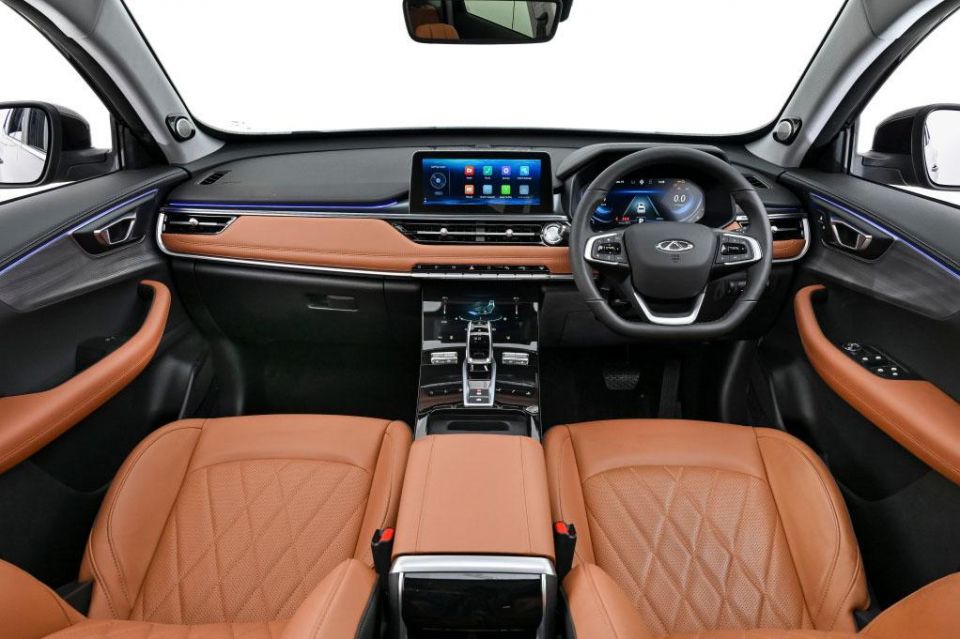
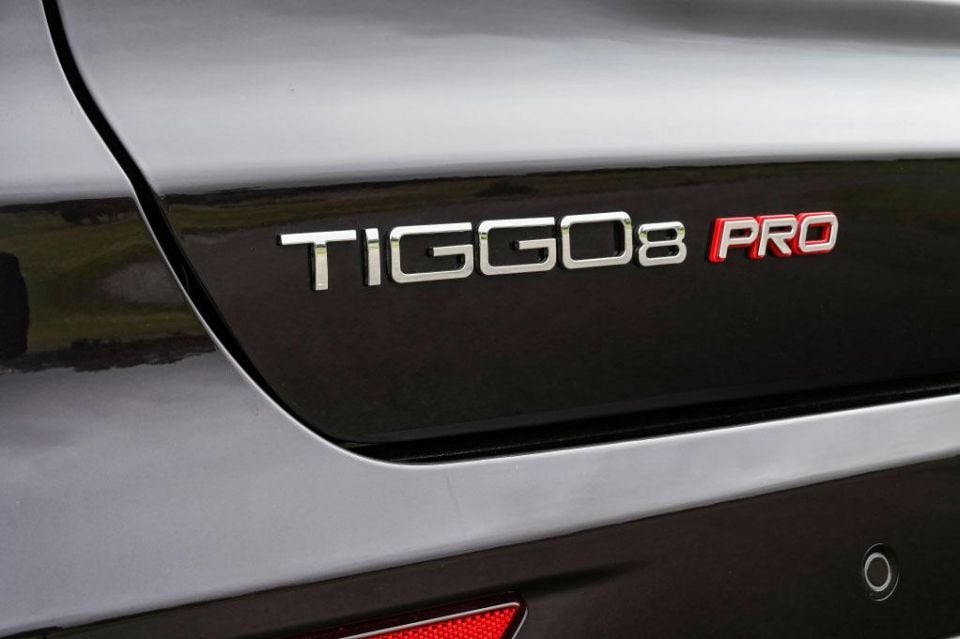
Chery has grown up significantly since its first foray into the Australian market.
The six-strong range of Tiggo SUVs offered overseas gives it potential rivals for everything from the Hyundai Venue to the Hyundai Santa Fe, and it also offers a Toyota Camry-sized sedan.
Power across the range comes from compact turbocharged petrol engines, and the latest Chery models feature an up-to-date suite of active driver assists.
When it launches in Australia, Chery will go head-to-head with fast-growing Chinese brands GWM (Great Wall Motor, which includes GWM Haval) and MG in the race to establish itself.
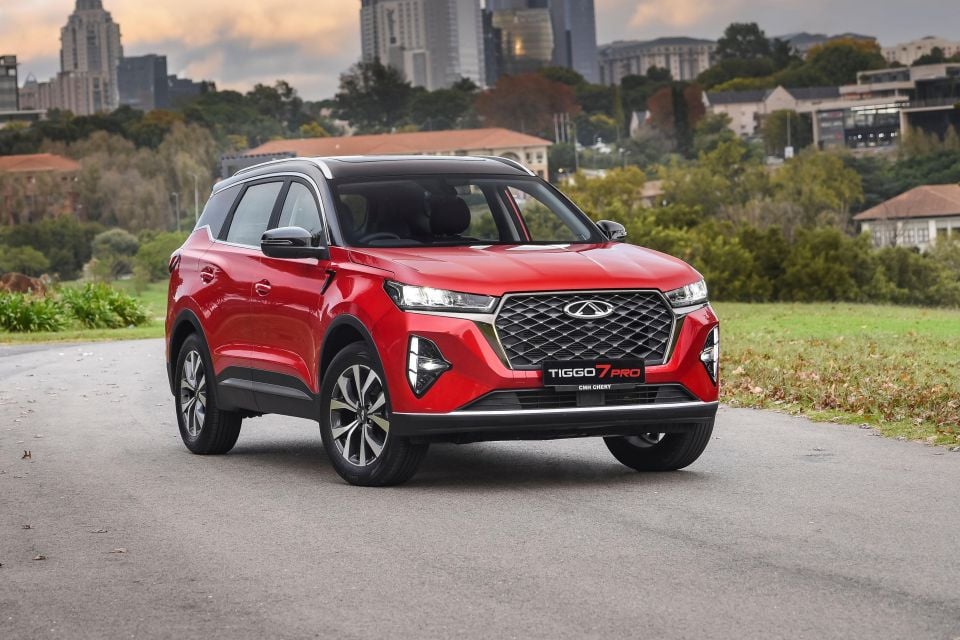

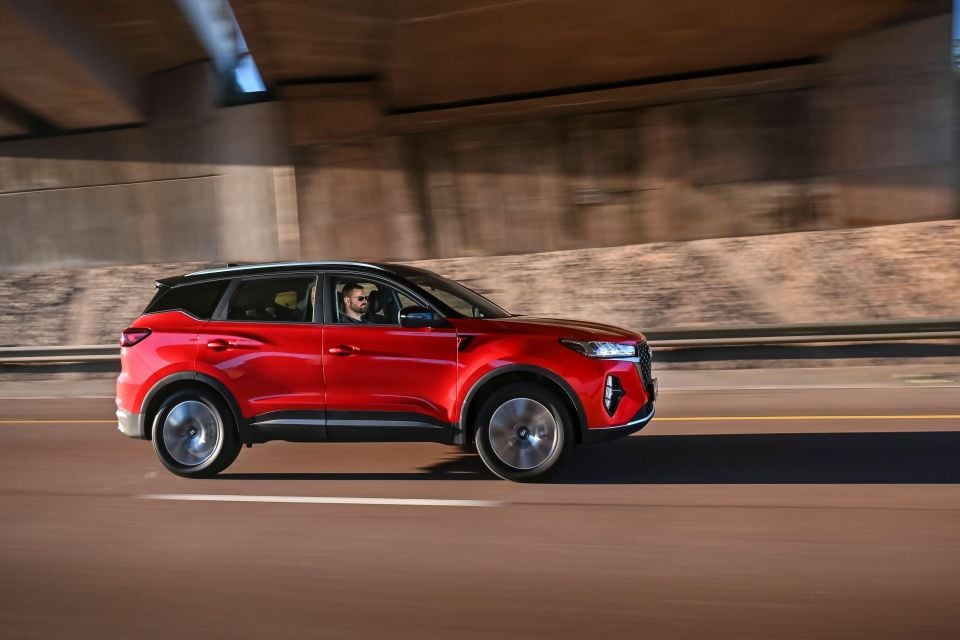
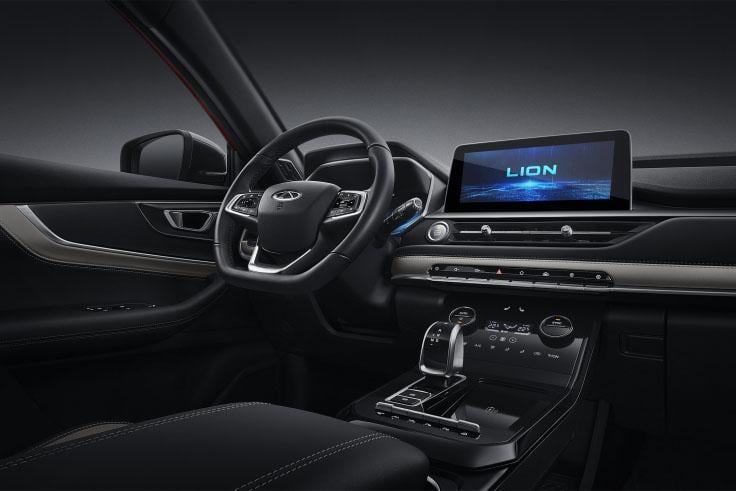
Like its rivals, Chery has placed a focus on growing its sales outside of Chinese borders. It’s now in more than 80 markets, ranging from Peru to South Africa.
Chery never hit great heights Down Under on its first attempt. Announced in 2008 and launched in 2011, the brand was distributed by Ateco Australia, which currently looks after brands ranging from Renault to RAM.
Sales of the J1 city hatch, J3 hatch, and J11 SUV were slow during Chery’s first try.
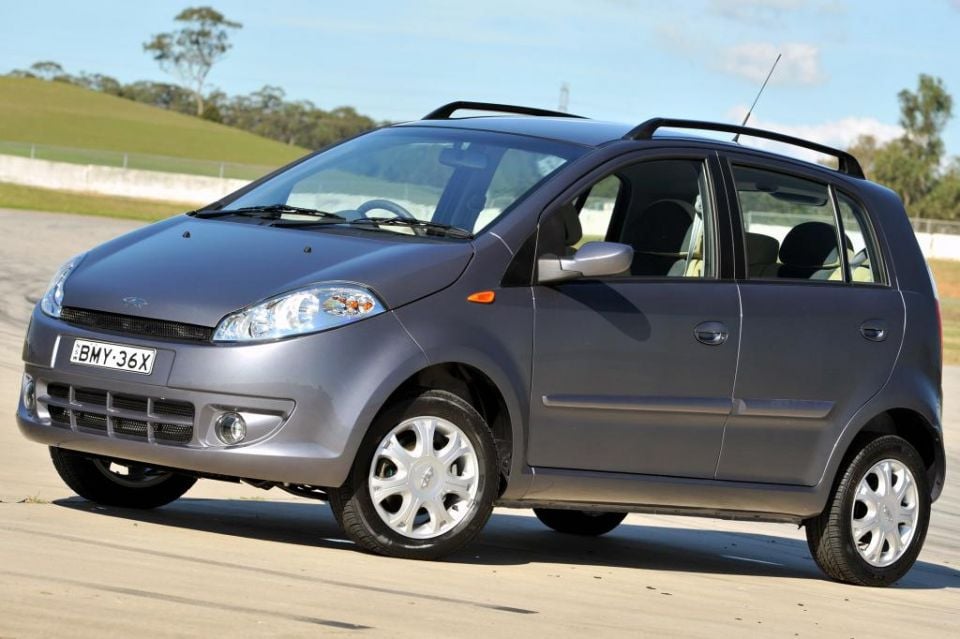

The J1, which was priced around the $10,000 mark before being removed from sale due to its lack of stability control, peaked with 434 sales in 2011 and finished with just one in 2015.
The J11 SUV hit a sales high of 1114 cars in 2011 and finished with 84 in 2015, while the J3 hatch topped out with 468 sales.
The brand itself sold 1822 cars in 2011, 1133 cars in 2012, 903 cars in 2013, 592 cars in 2014, and 201 cars in 2015.
MORE: Learn more about Chery
Take advantage of Australia's BIGGEST new car website to find a great deal on a Chery.
Scott Collie is an automotive journalist based in Melbourne, Australia. Scott studied journalism at RMIT University and, after a lifelong obsession with everything automotive, started covering the car industry shortly afterwards. He has a passion for travel, and is an avid Melbourne Demons supporter.


William Stopford
8.5
6 Days Ago
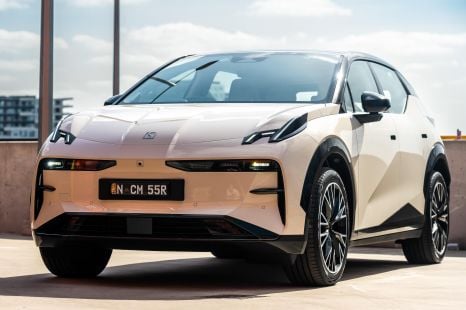

James Wong
7.9
5 Days Ago
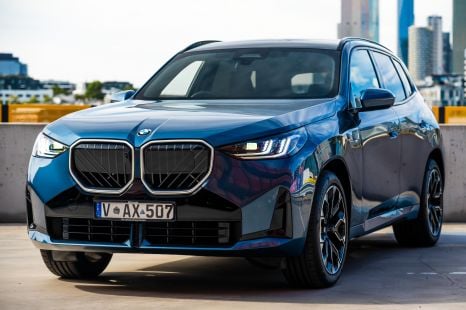

Jack Quick
8.4
4 Days Ago
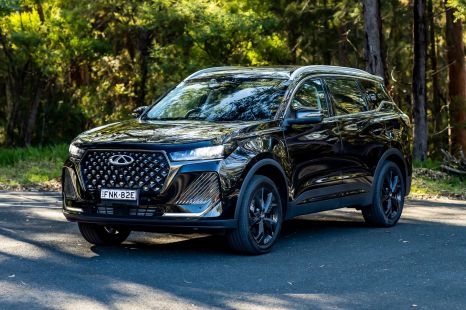

Matt Campbell
8.1
3 Days Ago
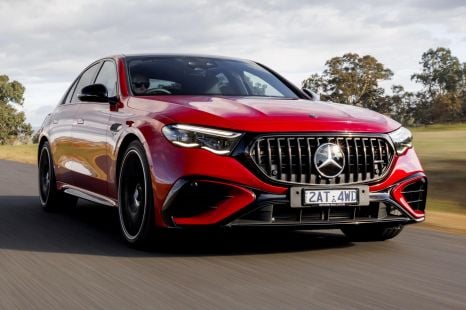

Max Davies
8
1 Day Ago
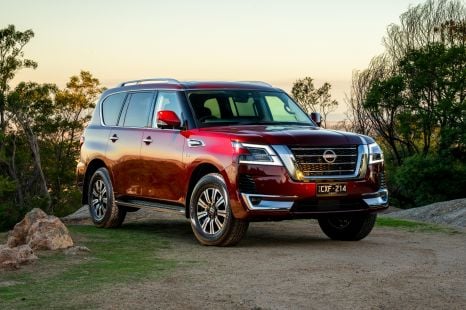

James Wong
8.1
8 Hours Ago